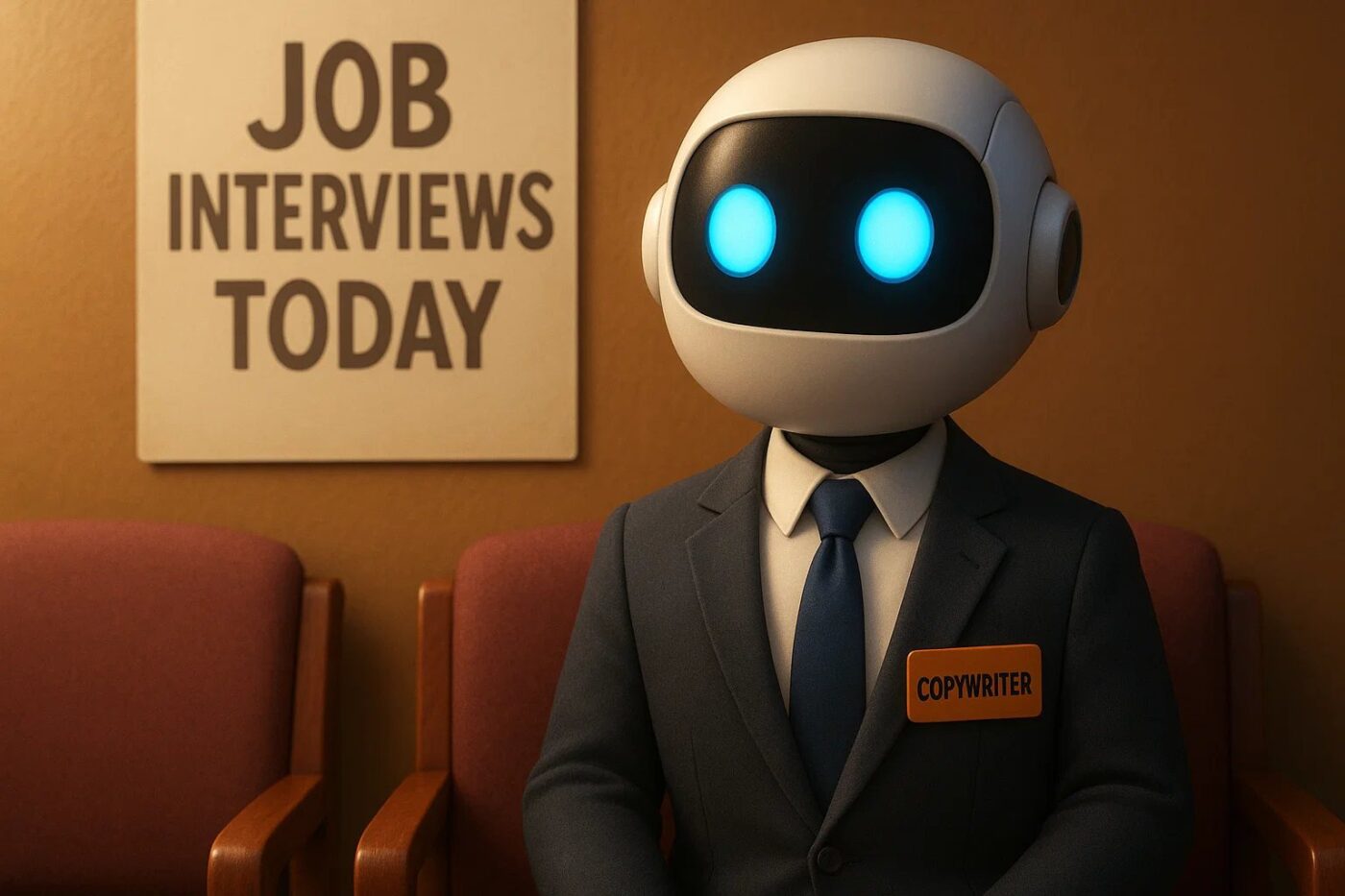Should You Use AI Copywriters?

AI copywriters are rapidly reshaping how teams approach content, but should they be trusted as the primary writers?
This article explores the question, with a careful look at what AI copywriters can and cannot do for your business.
Should You Use AI Copywriters?
AI copywriters are designed to generate text quickly, at scale, and with consistent style.
They can draft product descriptions, meta descriptions, and social posts in minutes, freeing human writers to focus on strategy, research, and high-impact storytelling.
The efficiency angle alone makes them appealing for content-heavy projects and tight deadlines.
When AI Copywriters Shine
- Routine content: Product descriptions, FAQs, and short social updates benefit from automation’s speed and uniformity.
- Multilingual rollout: Translating or creating variations across languages can be accelerated with AI, paired with human review for accuracy.
- Data-driven briefs: Content that relies on structured data, templates, or formulaic formats tends to be reliable when guided by clear prompts and quality checks.
Where AI Copywriters Fall Short
- Nuance and brand voice: AI can imitate voice but often struggles with deeply nuanced tone, cultural contexts, or changing brand personas.
- Accuracy risk: Facts, figures, and specific claims require verification; hallucinations can slip into generated copy.
- Creative differentiation: Distinctive storytelling, shock-value hooks, and emotionally resonant narratives benefit from human insight and experiential knowledge.

Best Practices for Using AI Copywriters
- Start with guardrails: Define tone, length, compliance guidelines, and mandatory phrases. Provide exemplars of approved copy.
- Pair with human editors: Use AI drafts as first-pass content that a human writer then refines, fact-checks, and elevates.
- Implement a review loop: Create a checklist for accuracy, tone consistency, and SEO alignment before publishing.
- Leverage prompts, not just outputs: Build a prompt library with templates for product descriptions, landing pages, and ads to maintain consistency.
- Test and measure: A/B test AI-generated variants against human-written copies to quantify impact on conversions, engagement, and SEO.
Evaluating Value with a Marketer’s Eye
For many teams, AI copywriters offer a scalable starting point, especially for high-volume, template-based content.
They excel at producing consistent language across multiple SKUs, regions, or platforms, provided that human oversight remains an integral part of the process.
The most sustainable approach blends automation with human expertise, preserving brand integrity while capturing efficiency gains.
Integrating AI Copywriters into Your Workflow
- Define the content map: Identify which assets can be safely automated and which require a human touch.
- Establish quality gates: Set up review stages for accuracy, tone, and SEO relevance.
- Align with multilingual strategy: Use AI for initial translations or adaptations, then have native speakers refine for cultural resonance.
- Monitor performance: Track engagement, conversion, and SEO metrics to refine prompts and processes.
- Scale thoughtfully: Increase automation gradually, ensuring the team maintains control over critical brand messages.
Conclusion: The balanced view on AI copywriters
AI copywriters are not a universal replacement for human writers, but a powerful accelerator when used strategically.
They provide speed, consistency, and scale, while humans preserve nuance, accuracy, and brand storytelling.
The optimal approach varies by brand, content type, and audience, yet for many organizations, a blended model delivers the best of both worlds.
Best AI Copywriter that can write amazing product description for E-Commerce is Ovesio.




